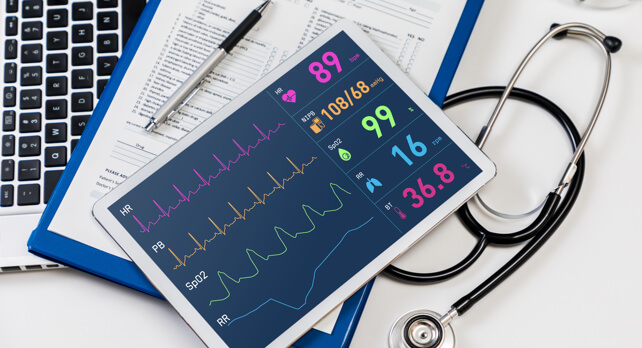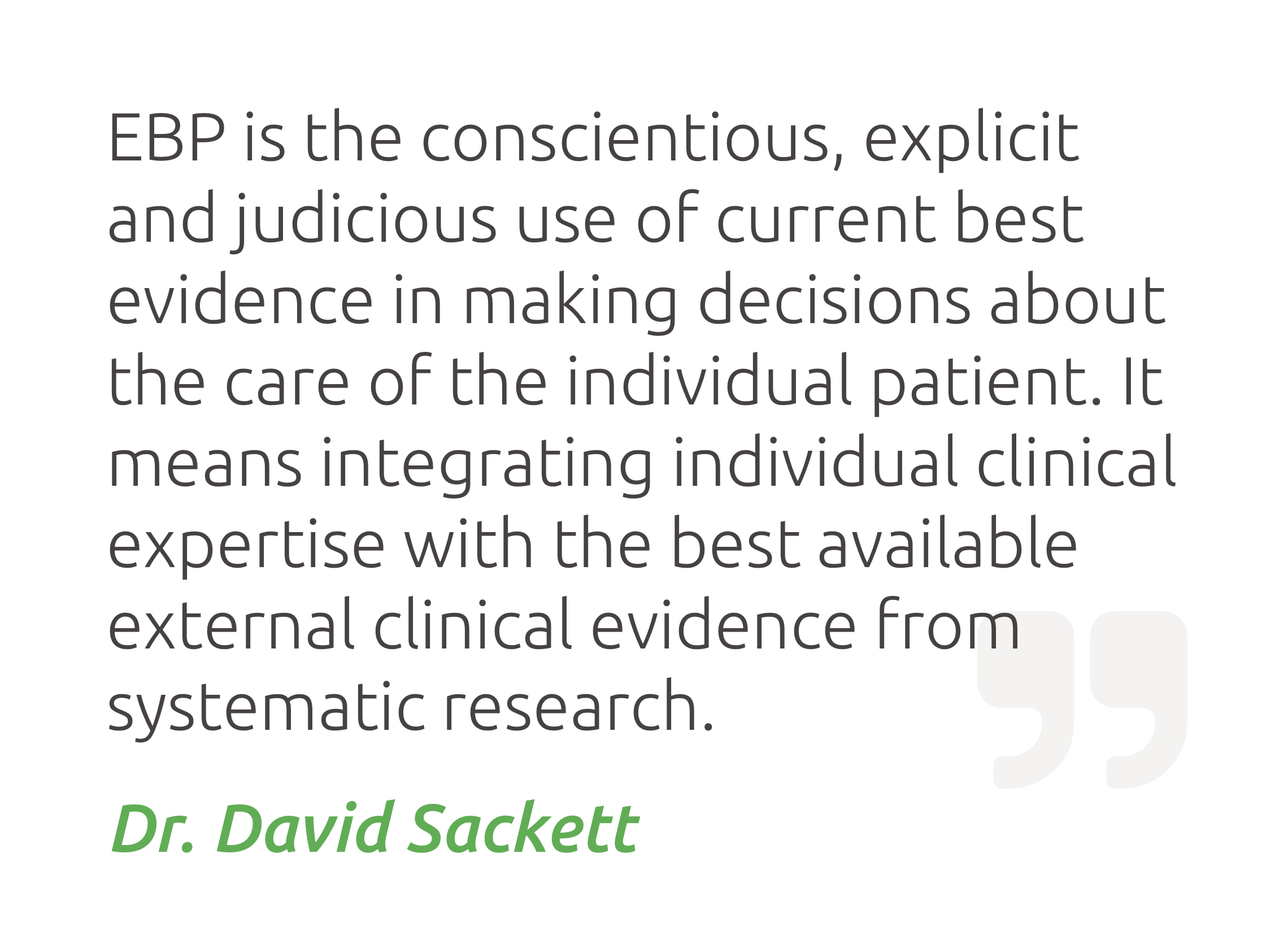Think You Don’t Need Stats? Think Again.
Why you should pay attention to the one subject you'll use everyday.

When Florence Nightingale arrived in Turkey with her thirty-eight fellow nurses in November 1854, in the thick of the Crimean War, mortality rates were extremely high, rates of infection had begun to cause complications with non-serious injuries, and even soldiers’ deaths were not correctly recorded. The “Lady with the Lamp” understood that standardized collection of data, as well as benchmarking and data visualization - in short, statistics - were crucial tools.
But modern nurses don’t face the same challenges as Nightingale. So much of the legwork has already been done. Statistics seems like something encountered only in the classroom, or by researchers. Why do you need to learn it?
Because statistics affects every single part of a nurse’s job.
Statistics Allow Us to Understand and Improve Daily Practices
Nurses should be able to identify a problem and determine what data needs to be collected to ascertain if a current course of treatment is the best option for a patient. Modern health care is reliant on evidence-based practice, statistics at its finest, as the most effective way to improve patient care.

So EBP is a fancy way of saying, “The best way to help people is to do what’s proved to best.”
Here are a few ways that EBP has altered nursing care:
-
Aspirin is no longer routinely used to control fever in children, as statistical evidence points toward a significant increase in risk of Reye’s syndrome.
-
How often a nurse should turn a bed-bound patient is now based on the patient’s condition and individual risk factors; the old practice of turning all patients every two hours has gone the way of the dinosaur.
-
For decades it was considered best practice to sleep babies on their bellies, in case of aspiration. Today, extensive statistical research into SIDS has altered the standard protocol, and now babies are slept on their backs.
Cool, but I’m Not a Researcher!
Counterpoint: You are!
For evidence-based practice to work in the field, nurses need an elementary command of stats to effectively understand, interpret, and record things that happen on the floor every day. This is why you encounter stats requirements in undergrad coursework.
You won’t be performing intricate calculations on the fly, but by learning valuable statistics basics in your undergrad program, you’re gaining access to tools you need to understand research and its implications in everyday nursing practices. You also develop vocabulary that you can use to communicate issues with MDs based on rational and informed data rather than anecdotal evidence, and will be able to better provide information to your patients and their families about their care.
Statistics Reduces Workload
That’s right, it makes your work life easier.
Observations are a part of life for a nurse. But did you know that improved observation can reduce your task lists? For example: if patients are checked on-time and provided care based on information collected from previous charts, they’re less likely to require such frequent observations.
In 2014, a 628-bed hospital instituted an initiative to improve compliance of observation-taking. This led to a reduction in the total number of observations needed by nearly 6%; 3,700 observations per month. Nurses gained 332 hours per month for care, while the number of high-risk escalations were significantly reduced.
Observations are a form of data visualization. You’ll be tired of seeing pie charts by the time you ace your NCLEX. Basic statistic principles learned in your nursing program will provide you with the ability to identify patterns, achievements, and areas of improvement in treatment, which can lead to more productive and efficient care…something your fellow nurses will thank you for!
Enhanced Patient Care Starts with Stats
Patients are priority. Whatever you do in a typical day as a nurse will always be oriented toward promoting safety and thus, improving patient outcomes.
Consider a hospital that changes IV lines every 24 hours. When a study is published that posits changing IV’s every 20 hours is a leading preventative for thrombophlebitis, statistics has provided an opportunity to augment care in order to better protect the patient.
Your hospital’s requirement that you wash your hands between patients is based on research that states this routine dramatically decreases risk of infection. EBP strikes again.
Nancy Blake, PhD, RN and Nursing Director of Children’s Hospital Los Angeles says, “Take the oxygen saturation alarm. When children have cardiac arrests, the cause is usually respiratory problems, except for children with primary cardiac disease including congenital heart disease. In a child with a congenital heart defect, the oxygen saturation in their blood may never be higher than 90 percent because their blood doesn’t flow through the lungs way it would in a child with a normal heart. However, the default alarms on most monitors are set above 90 percent, which is the limit for adults. Knowing this and researching the effect of constant alarms give nurses insights that can lead to better care.”
Want to Advance in Nursing?
There is a growing trend in hospitals of hiring of PhD nurses, capable of heading research. To meet demand, more nurses are working toward graduate degrees and specializations, and conducting research. According to a 2014 survey by American Association of Colleges of Nursing (AACN), there is significant growth in research-focused doctoral programs, which rose to 134 programs in 2014. Enrollment in PhD nursing programs increased by 3.2% over the previous year with 5,290 students. Since 2004 when the DNP movement began to take shape, enrollment in research-focused doctoral programs has increased by 53.%. So maybe undergrad isn’t the end of your statistics journey.
Florence Nightingale’s work eventually led to a dramatic decrease in preventable military deaths, and she was the first woman inducted into the Royal Statistical Society. Whatever your aspirations in such an diverse and important field, buckling down and succeeding in your statistics courses is a vital part of creating a solid foundation. Student nurses struggle every day with mastering the intricate material involved in stats, so don’t be discouraged. You’re not alone! Speaking to your advisor or a trusted teacher, studying with colleagues, or working closely with a professional nurse or mentor who can help you navigate are all paths to achievement.
When it gets tough, maybe Florence’s words can help you find your way back on track: “I attribute my success to this - I never gave or took any excuse.”
Put simply, baseline knowledge of statistics helps contribute to the evolution of the health care landscape at large.


